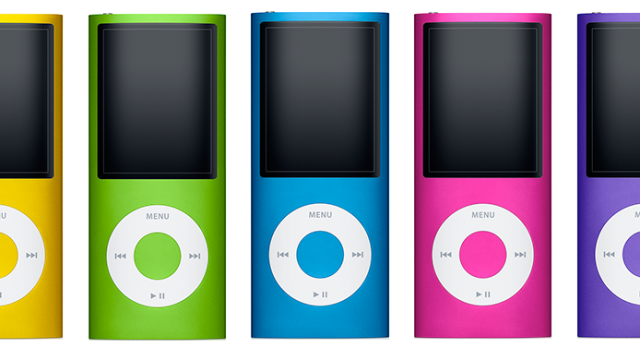On October 23, 2001, the late Steve Jobs introduced the device that changed the future of music. He unveiled the iPod: an obnoxiously small device that would allow you to carry 1,000 songs in your pocket.
Apple has been long praised for giving people exactly what they didn’t know they wanted, and the iPod proved this. During his announcement 20 years ago, Jobs said music is a part of everyone’s life, that it has been around forever and basically that it won’t be going anywhere.
“This is not a speculative market and because it’s a part of everyone’s life, it’s a very large target market all around the world,” he said.
But what is most fascinating when watching his iPod presentation back, is the sheer understanding of how important it is to find a gap in the market. (Duh, this is why they’re the behemoth they are today)
“In this whole new digital music revolution, there is no market leader. There are small companies like Creative and Sonic Blue, and then there’s some large companies like Sony that haven’t had a hit yet. They haven’t found the recipe. No one has really found the recipe yet for digital music.”
The iPod died out in 2019, but Apple shifted its focus on music to streaming. Just this week, Tim Cook announced the company’s latest music-focused play – a Siri subscription for Apple Music. Apple still knows its market and Apple certainly believes there’s value in making something for music-lovers. (Hell Apple is even still paying homage to old-school iPod ads).
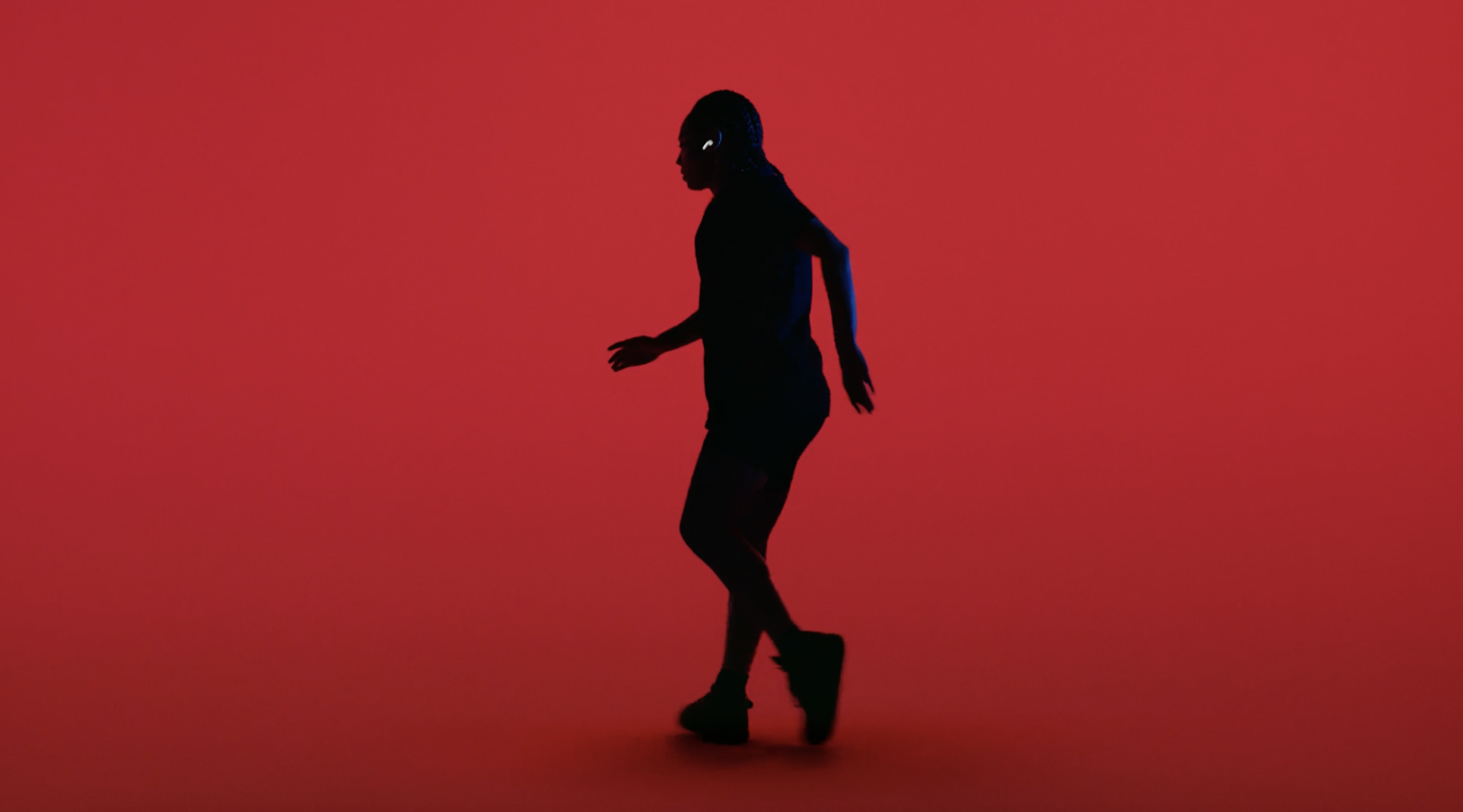
But never forget when Aussie band Jet got a run.
The Most Iconic iPod Models: 2001-2009
While Apple hasn’t fixed its naming conventions (looking at you third-generation AirPods), we’ve come a long way from the first iPod in 2001 to now being able to listen to any song, at any time, on practically any internet-enabled device. But let’s give our nostalgia a cuddle, starting with the device that started it all 20 years ago.
iPod (Scroll Wheel): 2001
Apple’s OG device was the iPod (first-generation) 2001. Pictures of this bad boy are scarce (or supremely pixelated).

The main selling point for the first iPod was that it was ultra-portable and fit in a pocket.
“iPod is the size of a deck of cards,” Jobs repeats throughout the presentation. The futuristic gadget was a little over 10cms tall, 6cms wide and around 2cms thick. It weighed in at around 180 grams.
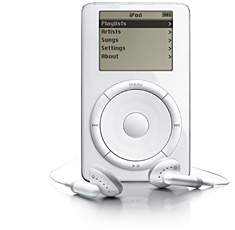
It promised 10 hours of battery life and that with 5GB of storage, it could hold a whopping 1,000 songs.
There’s something so incredible about realising the top end of the 2021 iPhone 13 range has a 1TB option. That’s 200x the storage of the first iPod, which being 5GB was nothing short of astonishing.
iPod (Touch Wheel) 2002
Apple followed up a year later with the second-generation iPod, which swapped the scroll wheel for a touch wheel.
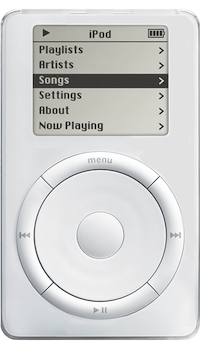
iPod (Dock Connector): 2003
The 2003 device changed the design up in a pretty massive way. It also came with a 40GB option, which was insane. It could also connect to a dock, which was pretty epic.
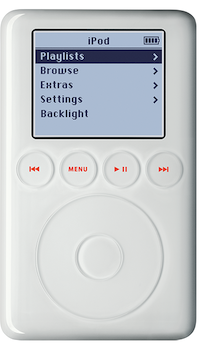
iPod (Click Wheel): 2004
This is the device you have in your mind when you think ‘iPod’. These fourth-generation models have a Click Wheel like the iPod mini, but are larger and the hold switch is on the top-right side. iPod (Click Wheel) models still had a monochrome display.

iPod Photo: 2005
The iPod Photo (which became the iPod photo – notice the lowercase ‘p’), was also known as iPod with colour display. The photo became the new norm and all iPods were defaulted with a colour screen.
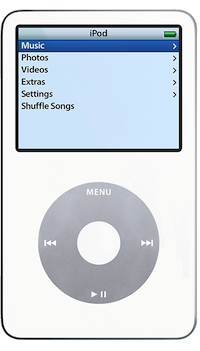
iPod Special Edition U2: 2004-2006
Apple has a strange obsession with U2. But long before Apple put a U2 record nobody wanted on everyone’s devices, it released this black plastic device with a red Click Wheel. It had signatures of the band members engraved on the back. Anyway, they saw it fit to release four models of this version. Wild.
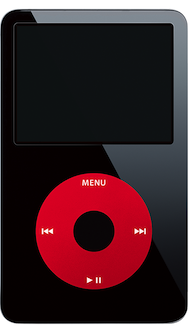
iPod (5th generation): 2005
This thing was also known as iPod with video or fifth-generation iPod. It was nothing overly different to the previous model, but it could play video and came in a 60GB model.

iPod Classic: 2007-2009
The Classic is my favourite. 160GB was great, but I actually had to buy two in late 2009 to store all of my music. There were three iterations of the Classic, all paying homage to the first-ever iPod.
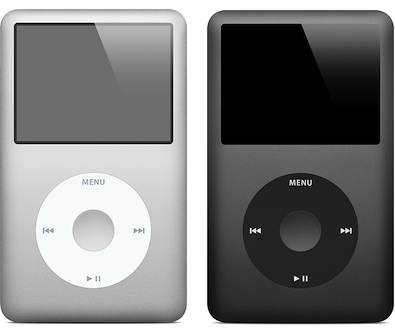
The Mini Makes A Debut: 2004-2005
The iPod mini introduced a price point that was more accessible to younger people. The mini had two goes before it was replaced with the iPod Nano.
mini: 2004
These things were super cute and holy moly were they game-changing. They still had a Click Wheel but the downside was the storage – 4GB was all you got.

mini (2nd generation): 2005
The second-gen iPod mini gave us 2GB more and they were definitely less clunky than their predecessor.
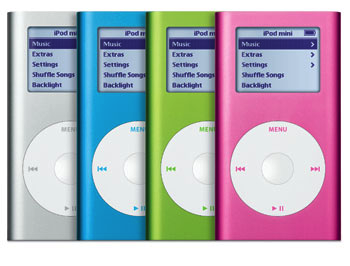
Enter The Nano: 2005-2015
iPod nano introduced an option that was smaller than iPod mini and had a colour screen and a Click Wheel, but boasted flash memory instead of a hard drive.
nano: 2005-2006
Apple’s first go came in 1GB, 2GB and 4GB options.

nano (2nd generation): 2006
We then got a pretty massive redesign with the second-gen nanos. Four colours and an 8GB option.

nano (3rd generation): 2007
Another complete redesign came about the following year, kinda like the 2006 model if it were squished.

nano (4th generation): 2008
The option of nine colours really threw a spanner in the works here. These throw-back-to-2nd-gen cuties had a 16GB model and kept the round edges the third-gen models had.

nano (5th generation): 2009
The fifth-gen series gave us more screen size, nine colours to choose from and a max capacity of 16GB.

nano (6th generation): 2010
The shuffle with a screen, I mean the sixth-generation iPod nano, was tiny in comparison to its predecessor, yet still boasted colour, a touch screen and a 16GB option.

nano (7th generation): 2012
The first seventh-gen nano looked like a smart TV remote. We had a large screen, eight colours to choose from and a standard 16GB of storage.
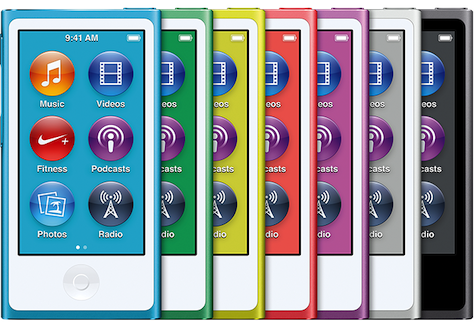
nano (7th generation) take two: 2015
The 2015 nano didn’t warrant a re-name, apparently. To be fair, not much had changed, except the colours available.
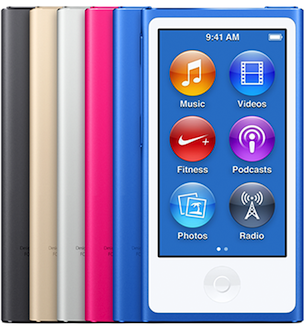
Shuffle Takes Over: 2005-2015
The shuffles were a little bizarre. I mean, they were fine if you hate seeing what song is playing, I guess.
shuffle: 2005
Apple’s first attempt at the shuffle was strange, but for it basically being a 1GB mix-tape, it served its purpose.

shuffle (2nd generation): 2006-2008
The second-gen shuffles fixed their aesthetics problem, and the bright colours were more on-par with the mini. This one had two releases, 2006 and 2008, and also removed the USB connector that the first-gen had.

shuffle (3rd generation): 2009
2009 took us back to a similar version as we had four years prior. With 4GB we also got a headphone port that also connected to a computer’s USB port. Navigation was handled via earphones that had the tiny remote. This was basically just a hard drive with a headphone jack.

shuffle (3rd generation) take two: 2009
Apple fixed the look of the shuffle for the second 2009 device, bringing back the colours but making it a little smaller.

shuffle (4th generation): 2010
Turns out 2006 got it right (see, it isn’t just the return of ports for its MacBooks – Apple has been admitting fault for a while!) and Apple brought back the mini clip style in 2010 with five colour options. The smaller size also meant smaller capacity, and these were capped at 2GB.

shuffle (4th generation) take two: 2012
Much the same as the prior set, but different colours – seven in total.

shuffle (4th generation) take three: 2015
We got a different set of five colours for the third 2015 iPod shuffle release.
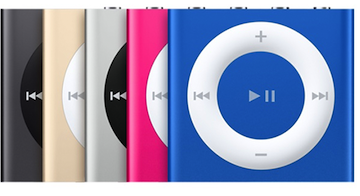
The Last Of The iPod – The Touch: 2007-2019
This would be the last type of iPod Apple would make.
touch: 2007-2008
The touch gave us 8GB, 16GB and 32GB options. It also allowed us to pretend we had an iPhone. LOOK AT THAT YOUTUBE ICON, GUYS!
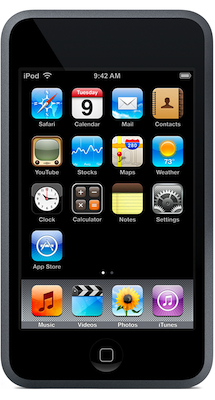
touch (2nd generation): 2008
The second-gen attempt improved on the first, rounded edges were basically the only change.
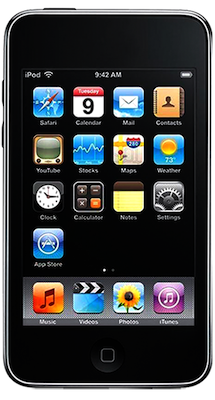
touch (3rd generation): 2009
2009’s most notable improvement was the 64GB option.

touch (4th generation): 2010-2012
The fourth-gen model has an iSight camera and FaceTime HD camera. With a ton of bezel real estate, wowzers.
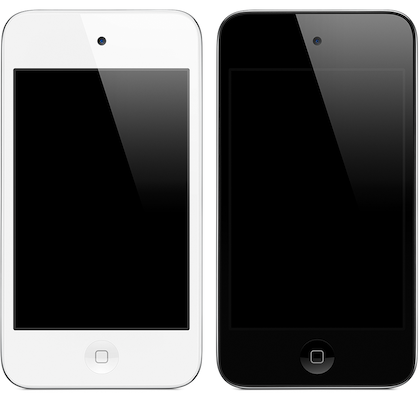
touch (5th generation): 2013
The first fifth-gen device only came in 16GB config.
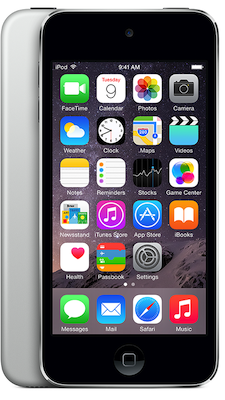
touch (5th generation) take two: 2012-2014
The second fifth-gen iPod gave us colour! Five of them, in fact. And we returned to 64GB max models.

touch (6th generation): 2015
In 2015, Apple gave us a whopping 128GB, and the same colours as the fifth-gen device.
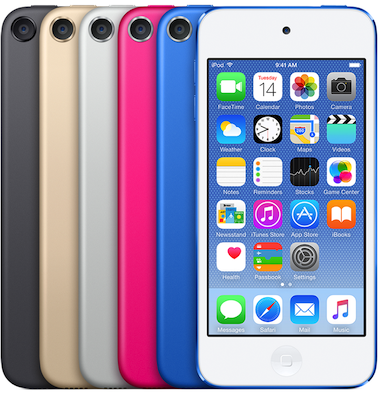
touch (7th generation): 2019
The last ever iPod was the 2019 release of the touch. It had a 256GB option and featured an 8-MP camera and FaceTime HD camera. Not bad for a farewell, but by the time we reached this stage, it made more sense to just buy an iPhone.
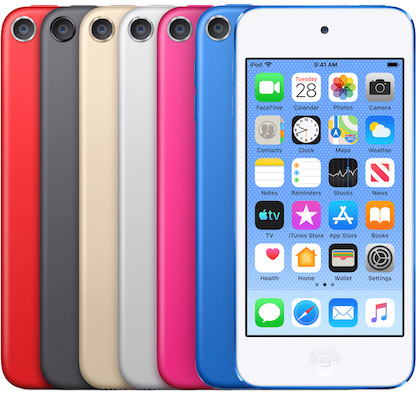
After the iPod touch refreshes stopped, the iPod bloodline died out, disappearing model by model off of the Apple website.
I would suggest celebrating the iPod’s birthday on Saturday by streaming the number one song in Australia on 23 October, 2001, but it’s Because I Got High by Afroman, so maybe just pour one out for the forgotten, instead.
Happy Birthday, iPod!
